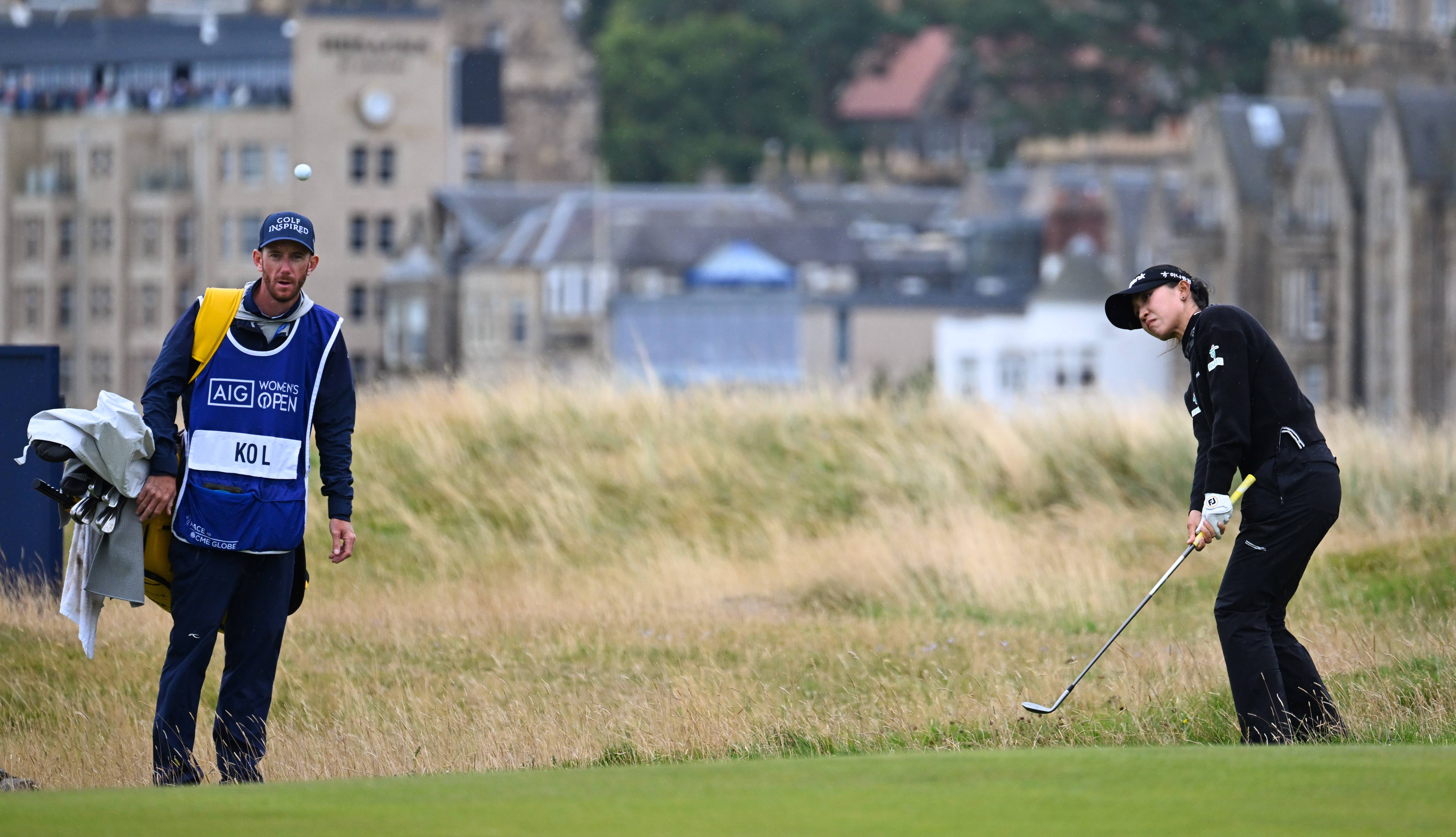
It's so easy when we’re on the course to forget the checklists we might have learned and instead rush to play the shot in front of us, without adapting to the lie or even the conditions, like the howling wind we saw at the AIG Women’s Open.
That’s why I found it so inspiring to watch Lydia Ko go on to win her third Major at St Andrews, only a few weeks after taking the gold medal at the Olympics.
When I think about Lydia Ko, there are two things that come to mind – set-up and strategy. Over every shot, you’ll see Lydia go through her routine to take her set-up, rehearse her takeaway and then execute her shot. Over every putt, you’ll see Lydia go through her green reading routine and then make sure her set-up is solid by balancing her shoulders before making her putt. Whenever it feels off or something takes her out of her routine, like the hat-stealing gusts at the Home of Golf, she steps away and goes through her routine again. With every action designed to control what she can control – her set-up.
Watching Lydia methodically make her way through the four days of tough conditions, at one of the most well-known golf courses on the planet, it got me thinking about the key things we can forget on the course at set-up, especially when we’re feeling the pressure of putting a good score together.
Weight
Do you ever find yourself thinning your pitches, chips or bunker shots? It might be worth checking on where your weight is at setup. When I recently had a lesson with Dan Grieve, this was one of the biggest shifts that he made in my setup when he taught me how to play this soft landing shot out of the rough.
Without realising it, my weight was on my back foot and that’s why – combined with playing out the rough – I would struggle with thinning those shots because I would “fall back” to where my weight was and catch the ball on the way up. As soon as Dan shifted my weight to be on my left side, I could stay over the ball a lot better and didn’t hit a single thin one.
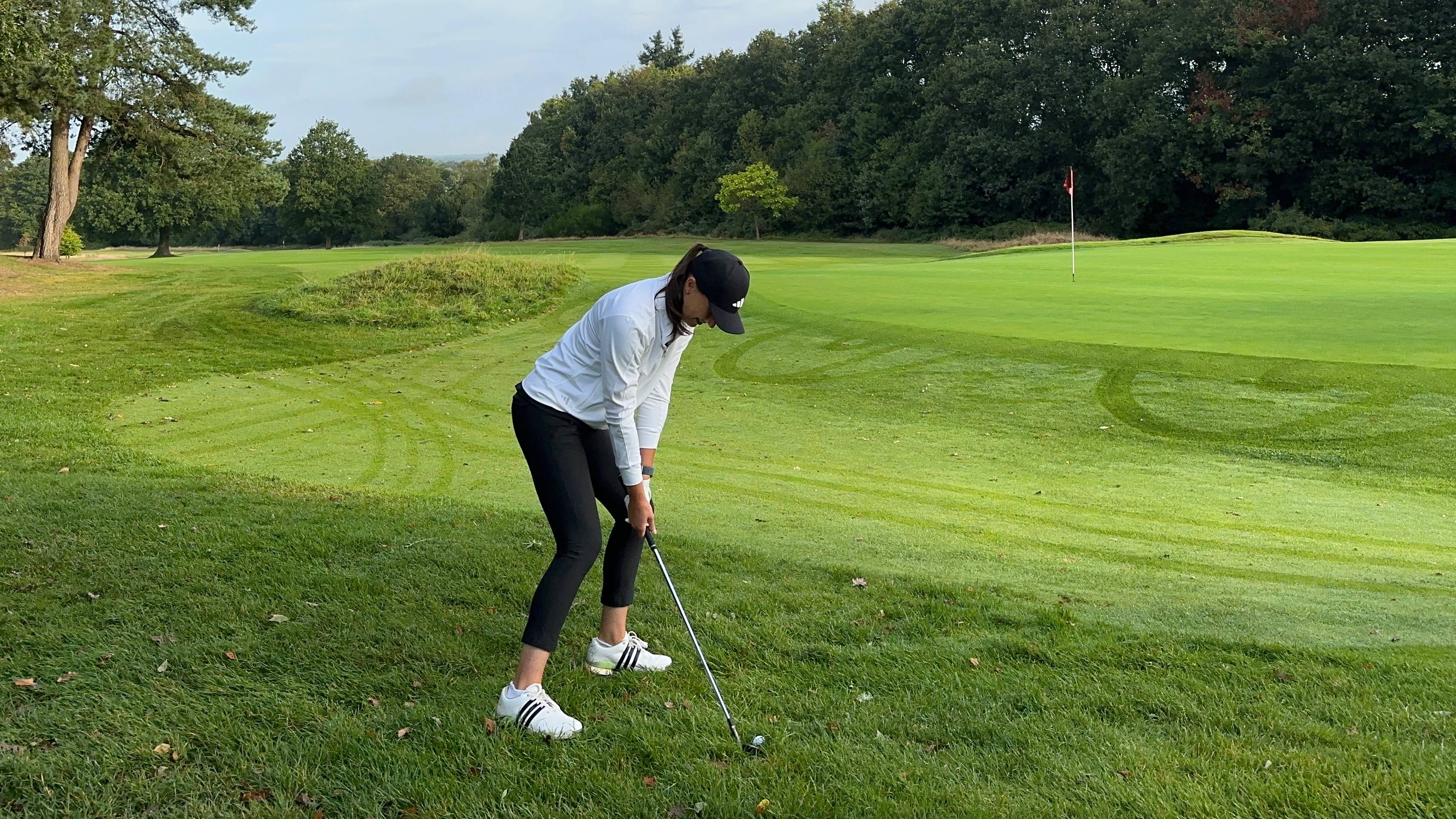
Alignment
Have you ever hit a cracking shot but see it heading straight in the wrong direction? And then as you’re wondering why your best shot of the day has ended up nowhere near your target, your playing partner points out that “that's exactly where you were aiming”.
As someone who creates golf content, it’s been interesting to watch my swings back and realise how off my alignment can be. I remember one shot in particular when I was filming 9 holes – I picked my line, found my mark on the fairway to line myself up to, took my stance and then hit my shot. “Oh!” I thought as I saw my ball heading left to finish just short of the greenside bunker. My main miss is a leaky one out to the right, so I was surprised. It was only when I was editing my video that I realised I was aiming at the left greenside bunker – a good 10 yards out from my intended target.
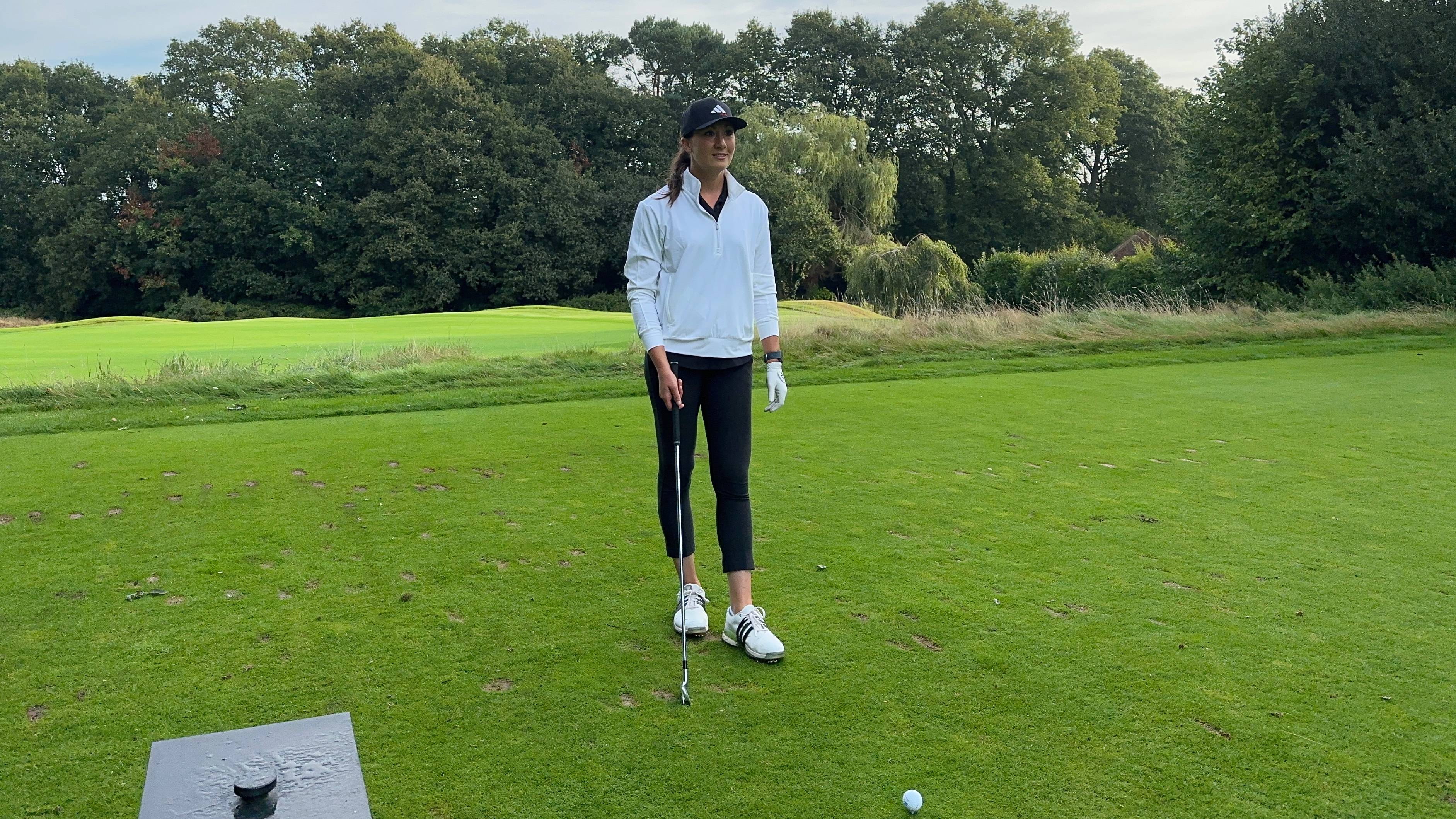
Stance
Building on from alignment, adapting our stance is another key that’s easy to forget when we’re on the course, especially when we find ourselves in situations where we fall into autopilot.
Whether it’s getting too wide in a fairway bunker because you’re playing it like a greenside bunker shot, even though the lip is low enough that you could take a full iron and play the shot like you’re not in the sand at all. Or standing with a skinny stance because you’re close to the green, so your mind tells you that you don’t want this to go far but you’re on a downslope so taking a wider stance – to get a stable base – would help you stay balanced through the shot.
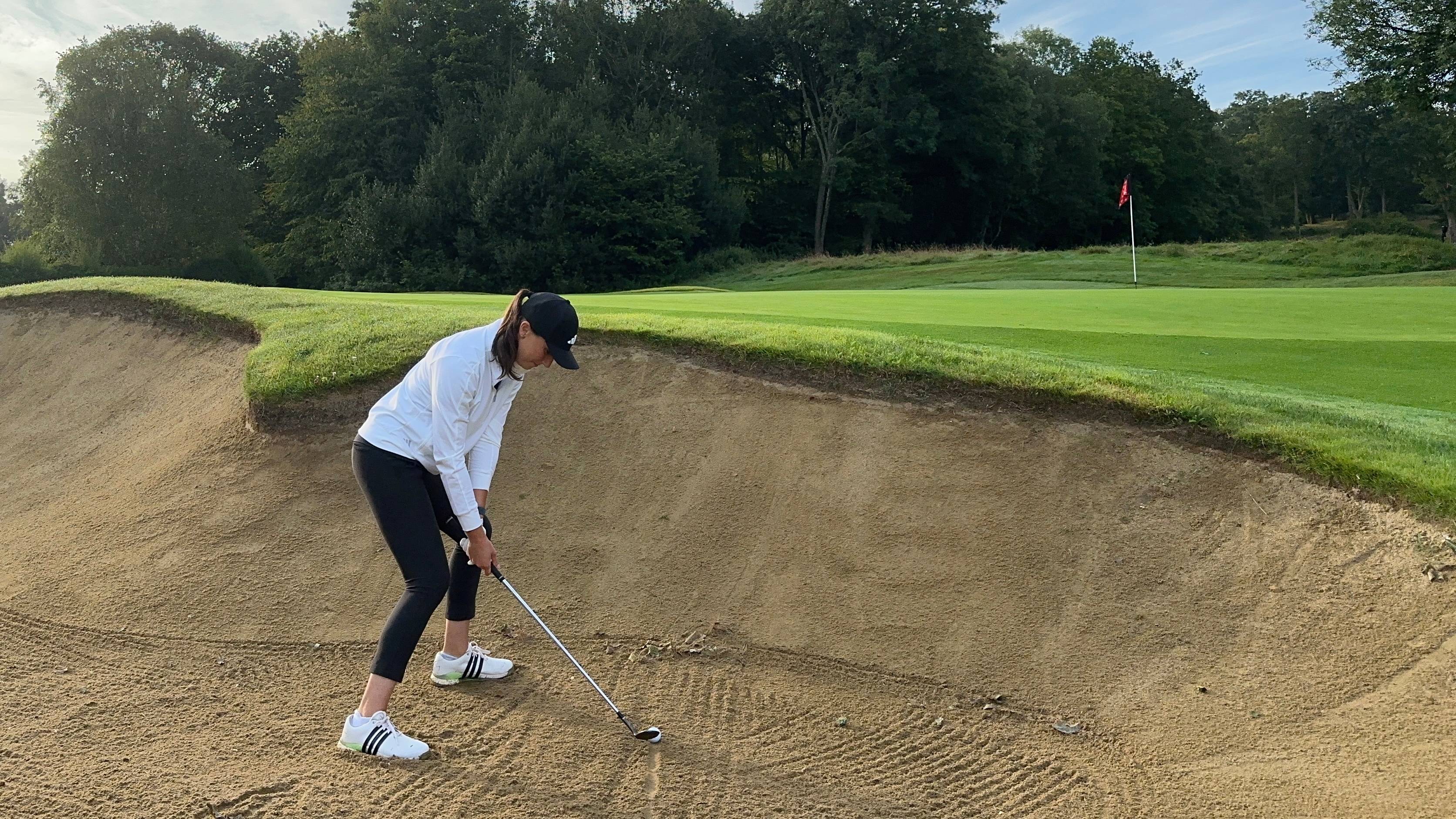
Grip
Knowing how lightly or tightly to grip the club and when to adapt your grip pressure was another big takeaway from my time with Dan Grieve.
When we were learning his Release 1 & 2 shots for around the green, the focus was on a light grip pressure, so that the club could swing freely. But when it came to playing the shot out of the thick rough, Dan recommended gripping the club more tightly in the pad of my left hand because that keeps the loft on the club. Without that added bit of grip pressure, the club would have been snagged by the juicy grass, with the face closing through impact.
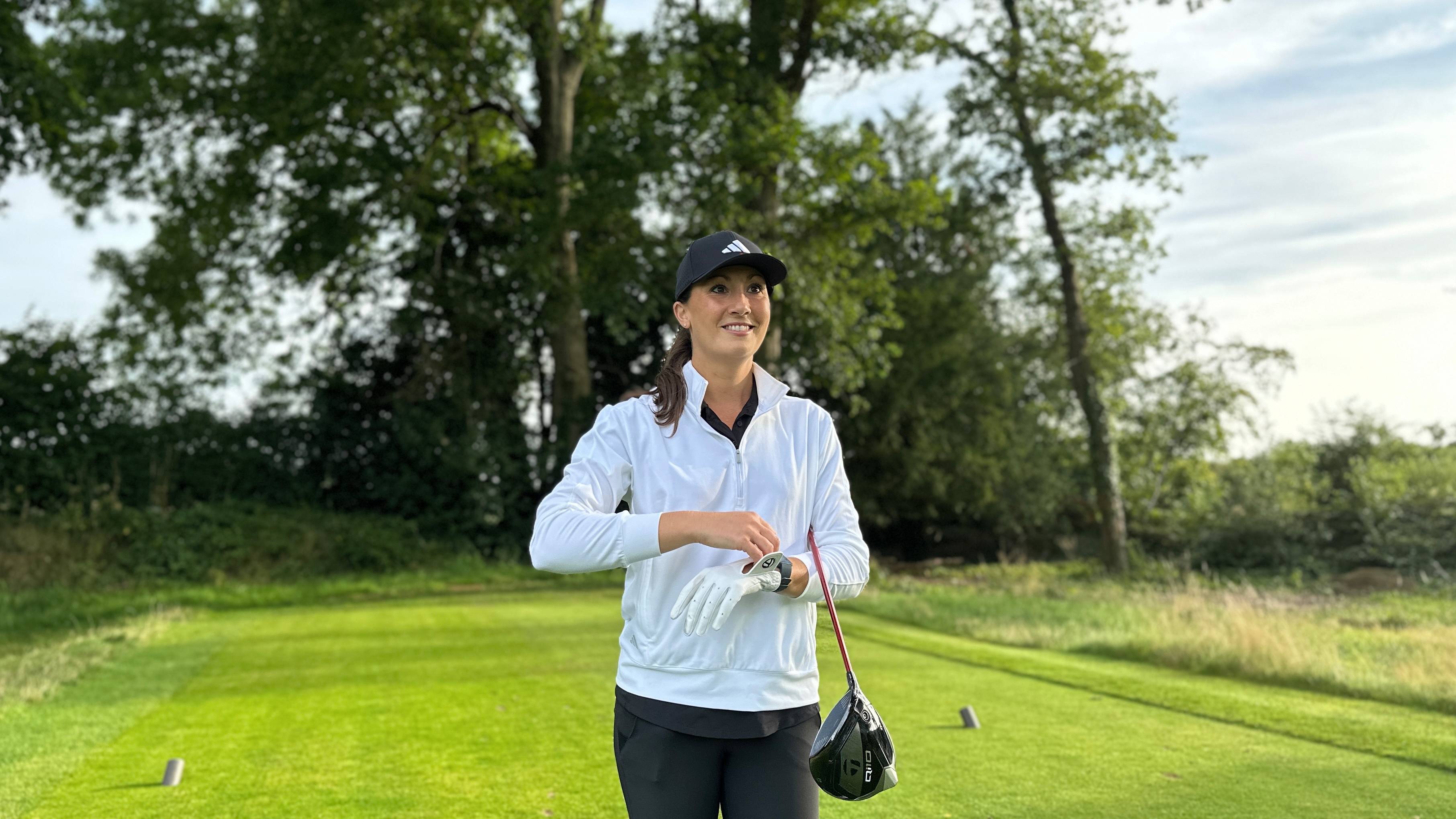
Resetting
How often do you stand over a shot, thinking “this doesn’t feel right” – maybe it’s your stance, your alignment or your distance from the ball – and then, rather than reset, play the shot anyway and end up regretting it? That’s why the final key that we can forget to do when we’re setting up on the course, is reset if something doesn’t feel right. To step away and set up afresh.
After all, our set-up is one thing we can control on the golf course before we surrender that control and hit our shot. So the next time you’re standing over a shot and something feels off, remember – it’s better to reset than regret.







